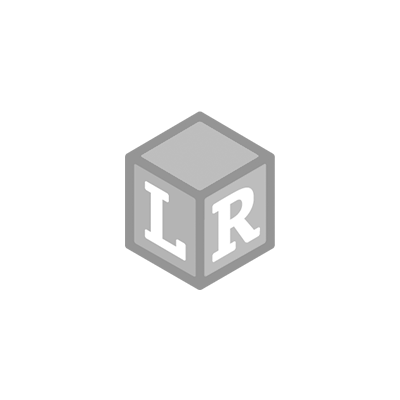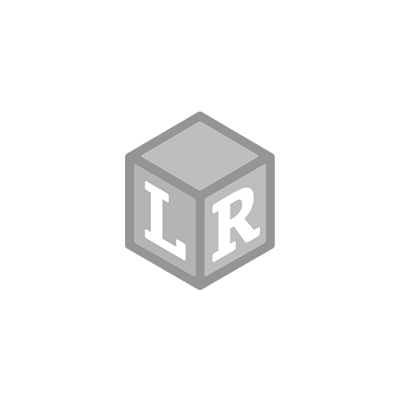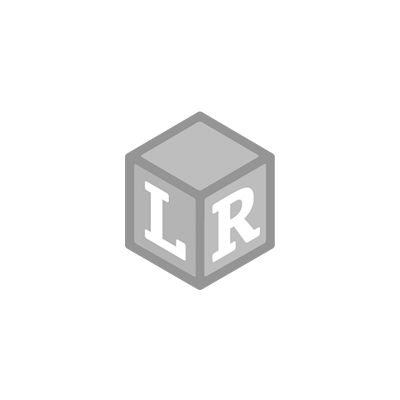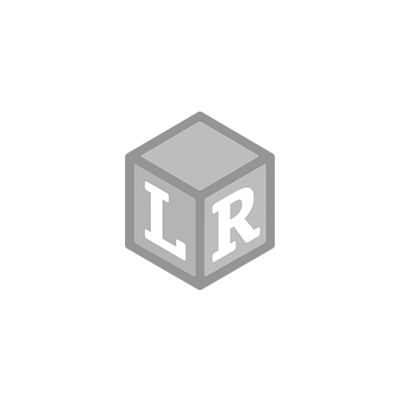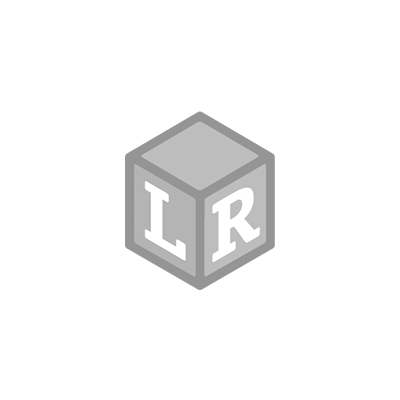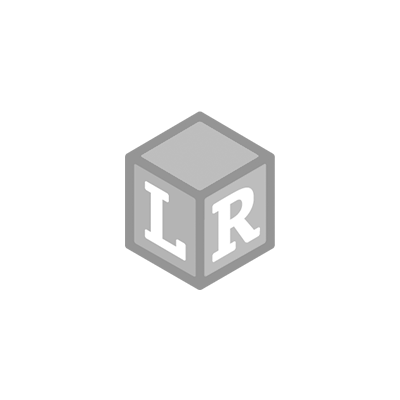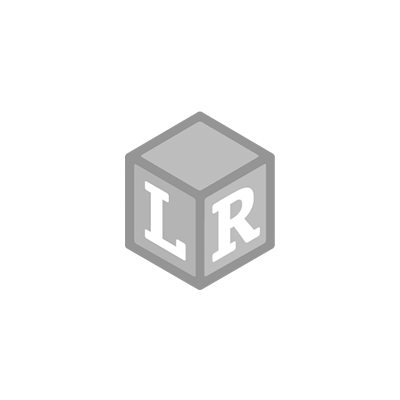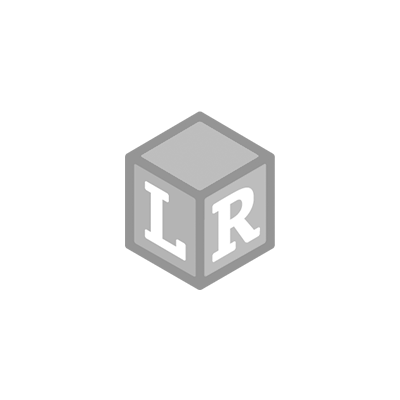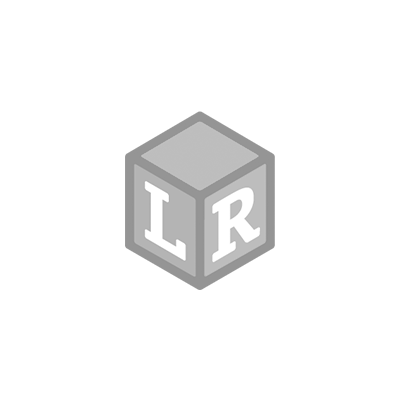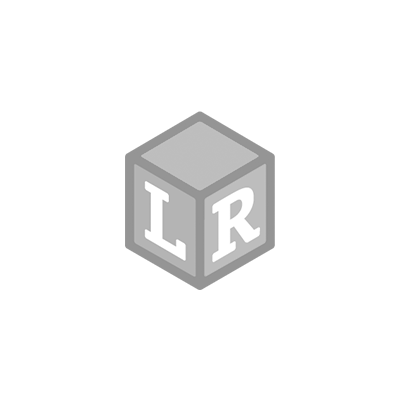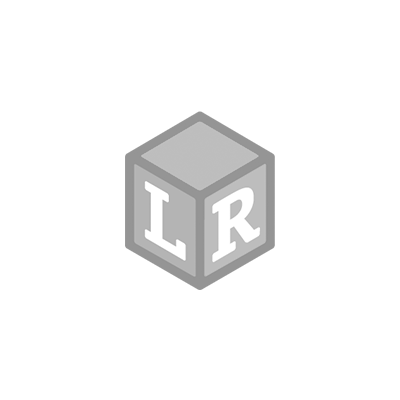Show us a little kid and a big box and we’ll show you a little kid IN a big box! Kids love the boxes almost as much as they love what’s inside. And with the continued popularity of on-line shopping, parents have more shipping boxes on hand than ever before.This next post in our DIY Toddler Play Props series features a few fun ideas for transforming a cardboard shipping box into play props your toddler will love.
Robot
Your child can design their own 2-D friend using a flattened cardboard shipping box. Simply cut the tape on the top and bottom of a large shipping box, cut one the side of the box open, then open the box so it’s lying flat. Using a marker, outline a robot shape, complete with a square head, rectangular body, and legs. Use a box cutter to cut him out. Let your child color the robot with paint, markers, or crayons, and then add found items to adorn it. Collect coils, wire, switches, buttons, screws, washers, and other spare parts and press or glue them into place to bring your creation to life.

Shape Sorter
A large cardboard box makes a great DIY shape sorter! Start by cutting the flaps off one end of the box and turning it over, so the open side is on the bottom. Next, outline the basic shapes (circle, square, triangle, rectangle) in different sizes on each side of the box. Cut them out with a box cutter and trace around their edges with brightly colored markers, then watch as your little one attempts to place balls, blocks, and other shaped objects into the openings. Lift the box to remove the objects inside and begin again!
Play Fort
Let’s face it—there’s nothing as much fun as a fort to a toddler. Simply cut the flaps off a square shipping box, cut a door into one side, and voila! Your toddler will delight in doing her own decorating using paints, markers, and stickers. Add some crepe paper curtains over the door for the perfect finishing touch.

Race Car
Rev up the fun with a DIY race car your little one helps you design! Start by cutting the flaps off of the short sides of a large shipping box and setting them aside. Tape the long side flaps down, then cut a hole large enough for your child to climb into. Now, the fun begins. Paint the box letting your child roll, sponge, and brush the color alongside you. Add racing stripes and other decorations and don’t forget to paint four, large, black wheels, two on each side. When your paint is dry, use a box cutter to slice a slot from the hole on the top of the box all the way down the middle of one side to create a car door that really opens and closes. Cut the center out of a paper plate and staple it into position for the perfect DIY play prop—a steering wheel.There are many other things to create—stackable washer/dryer combos, ovens, airplanes, and other amazing play props. A quick online search will reveal some fun ideas. Or you can visit our blog to read all the DIY Toddler Play Prop posts, including ideas for
paper towel and
TP tubes,
shoe boxes,
pizza boxes, and
popsicle sticks.



 Shop UK Site
Shop UK Site 
